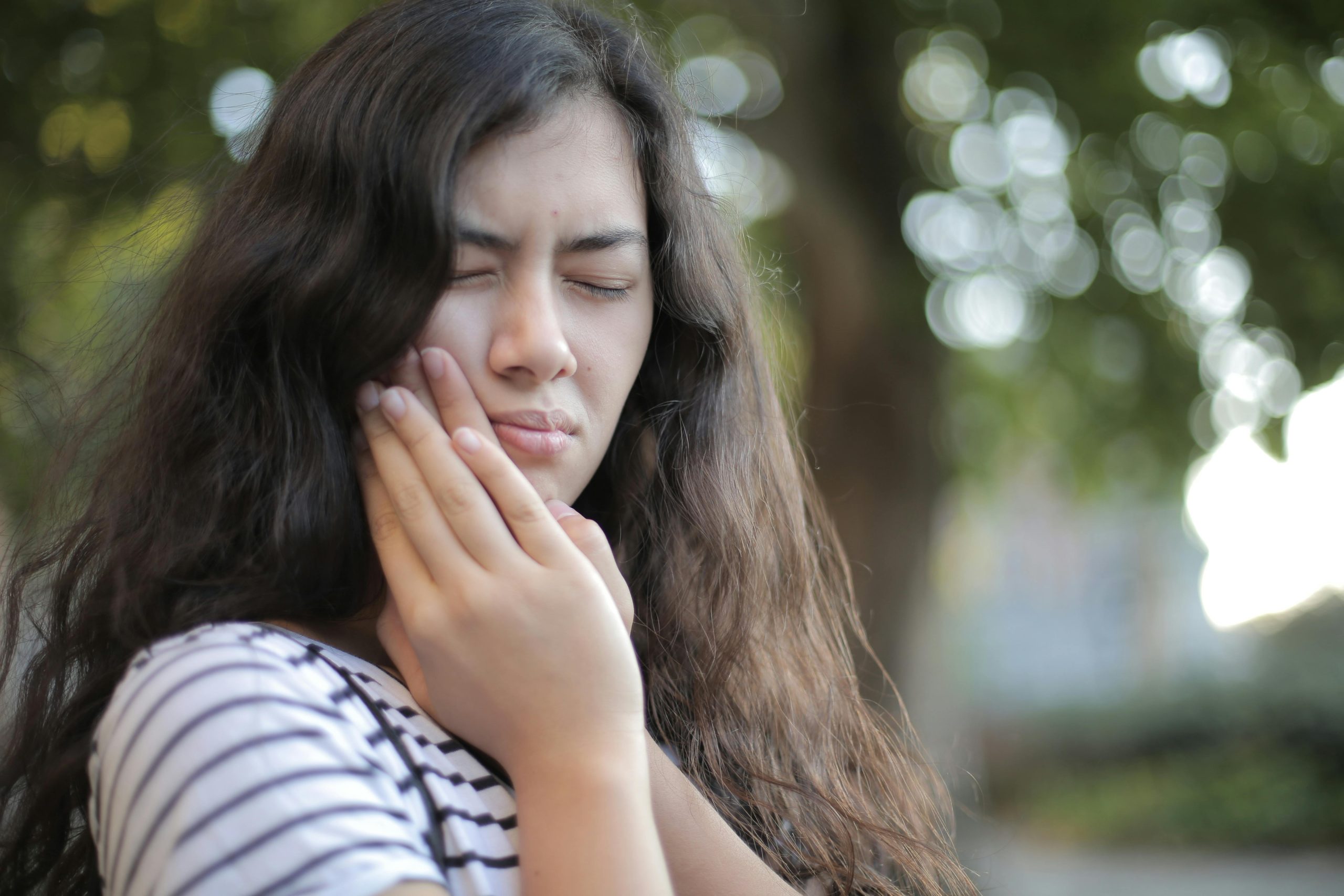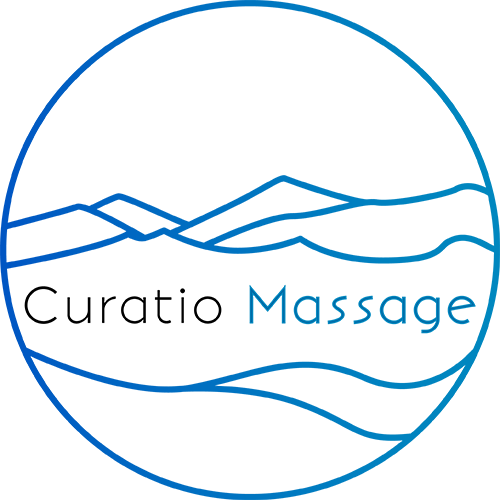TMJ Pain and Massage

1. Muscle tension relief: The muscles involved in jaw movement and chewing, such as the masseter, temporalis, and pterygoid muscles, can become tight and tense due to stress, teeth grinding, or jaw clenching. This tension can cause pain and restrict jaw movement. Massage helps relax and lengthen these muscles, reducing tension and improving jaw mobility.
2. Improved circulation: Massage techniques like effleurage, petrissage, and friction increase blood flow to the massaged area. Improved circulation helps remove metabolic waste products and delivers more oxygen and nutrients to the muscles and tissues, promoting healing and reducing inflammation.
3. Trigger point release: Trigger points, or knots in the muscles, can develop due to sustained muscle tension and contribute to TMJ pain. Massage techniques like ischemic compression and trigger point release can help deactivate these trigger points and alleviate referred pain.
4. Increased range of motion: By relaxing the muscles and reducing tension, massage can improve the range of motion in the jaw joint, making it easier to open and close the mouth without pain or restriction.
5. Stress and anxiety reduction: Massage can induce a state of relaxation, reducing stress and anxiety levels, which are common contributors to teeth grinding (bruxism) and jaw clenching, exacerbating TMJ pain.
6. Posture correction: Poor posture can strain the muscles around the jaw and neck, leading to or worsening TMJ pain. Massage can help correct posture by relaxing tight muscles and promoting better body alignment.
With massage and CranioSacral treatments for your TMJ pain, you will soon be able to live your life jaw pain free!

